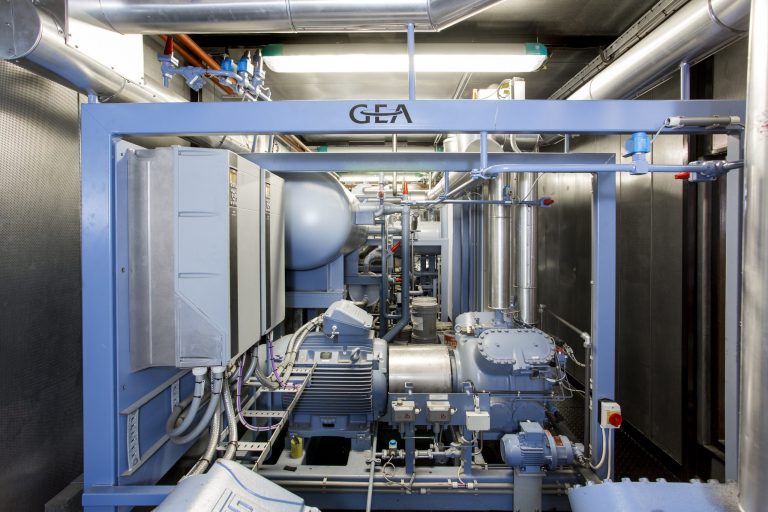Policy Forum for London keynote seminar … Morning, Friday, 11th December 2020 Book Online | Live Agenda | CPD certified | Sponsorship | Our Website | @londonpolicy| Unsubscribe with Alex Williams, Director of City Planning, Transport for London Neil Henderson, Global Knowledge and Innovation Director, Transport and Key Account Leader, Mott MacDonald and Kirsty Hoyle, Transport For All; Adam Tyndall, London First; Dave Widger, AECOM; and a senior speaker confirmed from London TravelWatch *Please share this email with interested colleagues* Note: fees apply for most delegates, but concessionary and complimentary places are available [subject to terms and conditions – see below]. I’m inviting you to this conference, which will examine priorities and next steps for developing transport services and infrastructure in London – including moving on from the economic and social impact of the COVID-19 pandemic. [Book Online] The agenda: Priorities for developing London’s transport system – maximising economic contribution, and moving through the impact of COVID-19 The London bus network and services – rebuilding user confidence in public transport Delivering future transport projects in London – finance, planning and innovative practice Next steps for meeting passenger demand in London and improving service delivery The business case for transport development and accelerating infrastructure projects Expanding regional development – new rail infrastructure in London and increasing connectivity with the South East Transport connectivity and opportunities for London business Delivery of infrastructure projects and accelerating London’s economic recovery Transport, housing and regenerating London Accelerating decarbonisation across the transport network, preparing London for the low-carbon transition, and supporting active travel Moving forward the Mayor’s Transport Strategy, and overcoming challenges from COVID-19 [jump to full agenda] [Book Online] ***Full-scale policy conference taking place online*** [further details] A scan of the background and relevant developments: [back to agenda summary] COVID-19 – ongoing impact on staff welfare, passenger demands and attitudes, delivering safe capacity, continuing transport projects, and financially sustainability funding – the £1.6bn funding and financing package agreed between TfL and the DfT to protect current transport services and restore those that have been cut the government led financial review of Transport for London – agreed on as part of the funding package to identify options for strengthening TfL’s financial stability TfL’s Budget and Business Plan – for improving services and the physical infrastructure to boost capacity, such as overground line and signalling, creating more step-free access, and alleviating road congestion through highway, bridge, and tunnel development the Mayor’s Transport Strategy – remaining objectives including developing infrastructure resilience, enabling city-wide inter-modal transport, and expanding connectivity with the wider South East Gear change: a bold vision for cycling and walking – £2bn announced by the PM for expanding walking and cycling options nationally – including ‘Mini-Hollands’ in London – with new cycle and pedestrian routes, rolling out e-bikes for the elderly and longer distance journeys, and setting higher standards for cycling infrastructure the London Environment Strategy – including scaling up and facilitating healthier modes of transport, improving city-wide air quality, and encouraging the adoption of low-emission vehicles [Book Online here] The discussion in detail: [back to agenda summary] Public transport the London Transition Board – priorities for its strategy for transport and part of the response to the COVID-19 crisis and supporting recovery going forward restoring services – assessing prospects of a return to pre-pandemic levels, and initiatives for encouraging residents and commuters to begin using the public transport network scaling up – priorities for operators and their partners to enhance the frequency of bus, overground and tube services, implications of social distancing, and the task of rebuilding user confidence financial sustainability – options for restoring and maximising revenue generation, a medium and long-term financial and operational recovery plan, and minimising risks for infrastructure delivery collaboration and engagement – strategies for coordinating public and private project development, and giving a voice to passenger and community groups Infrastructure transport projects – examining their future across London, their scope and how they can be organised and targeted to best support the economy and the needs of different stakeholders the London Transport Strategy – assessing progress and the further measures needed to achieve core objectives, including infrastructure resilience, fitness for the future with a growing population, enabling intermodal transport city-wide, and expanding connectivity to Greater London and the wider South East regeneration – how best to accelerate and maximise the impact of transport infrastructure development: rail – priorities for new stations, services and line modernisation, expanding connections to Kent, Essex and elsewhere, and evaluating progress on Crossrail and Elizabeth line stations shovel-ready transport infrastructure projects – how to accelerate and coordinate finance, planning and other elements to move forward development supporting London businesses – assessing key areas such as reducing barriers to travel, trade and collaboration, and supporting productivity and economic activity in outer London the London Plan – its objectives around transport and housing development as a means of fuelling economic growth: the Housing Secretary’s concerns – on housing delivery and planning regulation coordination and connectivity – strategic development of transport links and unlocking potential for housing and wider property development, across the London region planning – the potential impact of the Planning for the future White Paper and its proposals for streamlining regulation on London and its economy Decarbonisation priorities and next steps – strategies and implications for health, transport businesses and the economy of decarbonising London’s transport system active travel – the Streetspace for London programme initiated in response to COVID-19, and opportunities for reforming road space for new cycle lanes, greater walking space and car-free zones accelerating the switch to low-carbon forms of transport – priorities for further public and private sector investment in electric public transport, working with local authorities and other stakeholders to roll out charging locations, and opportunities for ultra-low emission zones [Book Online] Policy officials attending Our forums are known for attracting strong interest from policymakers and stake holders. [About Us] There’s an outline of the government departments, regulators and other interested parties who we expect to take part here.









